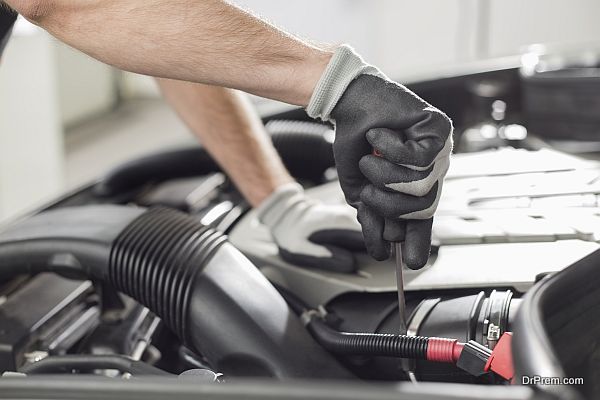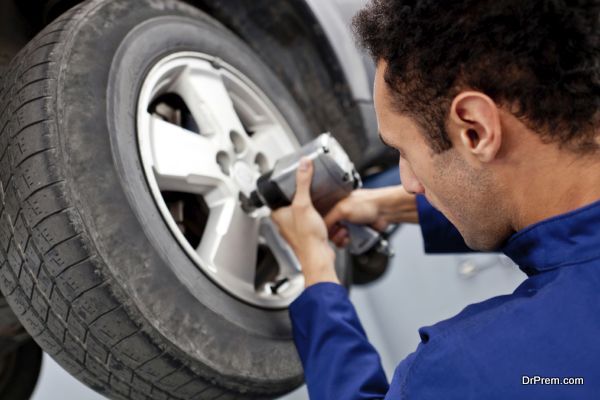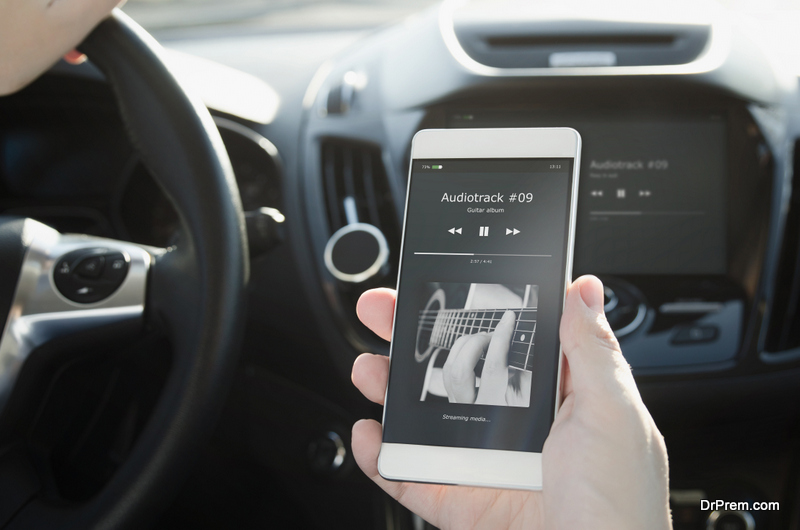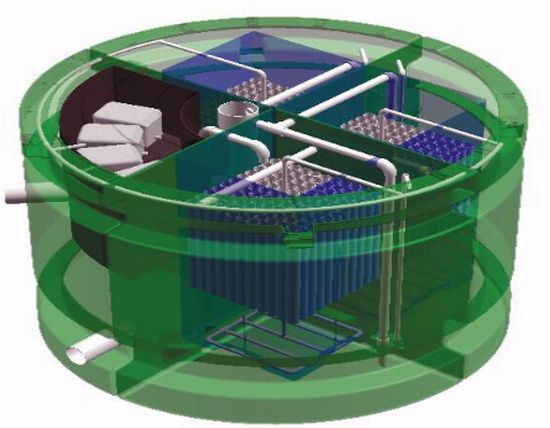The importance of reducing emissions is well-known now, and vehicle emissions contribute a lot to atmospheric emissions. Apart from using public transport, walking and cycling, you can make a difference by the way you drive. Environmentally driving reduces emissions and if everyone does their bit, maybe global warming will reduce. Here’s a few tips on how to become an eco-friendly driver:
How to be an eco-friendly driver
1. Drive steady
 Any vehicle that you drive leaves an impact on the environment. Driving steadily and avoiding any quick acceleration will make your fuel last longer thus lowering emissions. Constant speed burns through the fuel less quickly and so using cruise control is advisable, except when you drive up on hillways. Remember that fuel economy tends to fall over the speed of 55 mph, so driving slowly is a better option.
Any vehicle that you drive leaves an impact on the environment. Driving steadily and avoiding any quick acceleration will make your fuel last longer thus lowering emissions. Constant speed burns through the fuel less quickly and so using cruise control is advisable, except when you drive up on hillways. Remember that fuel economy tends to fall over the speed of 55 mph, so driving slowly is a better option.
2. Avoid idling
Keeping the engine running when the car has stopped uses fuel even though you are stationary. Even if you’re forced to stop at a red light, or for a train, or just steeping out of the car for a minute, turn off the gas as it will add more CO2 to the air.
One of the eco-friendly driving tips is to plan your route in advance and find out the times at which traffic is at its peak. Whenever possible, check out the traffic jams before you leave office or home, and take the longer route. Avoiding long jams will help to avoid the engine idling, save fuel and time. The longer route choice, preferably with less traffic and less traffic lights, will actually be quicker even though it might seem longer in mileage.
But the amount of time your engine is idled in peak traffic works out to probably the same amount of fuel spent, and it has been estimated that any idling car produces up to 150 balloons exhaust emissions, which contains toxic chemicals, per minute!
3. Service your car
 Servicing your car from time to time will ensure that all the parts are working as they should, increasing the efficiency of the car. Get a pollution check done so that your car will not be emitting any unwanted emissions, more than usual. If the exhaust system does not work properly, then there would be a lot of harmful fumes coming out of it and causing air pollution. For driving your car sustainably, it should be functioning at the optimum, which also increase mileage by about 3%.
Servicing your car from time to time will ensure that all the parts are working as they should, increasing the efficiency of the car. Get a pollution check done so that your car will not be emitting any unwanted emissions, more than usual. If the exhaust system does not work properly, then there would be a lot of harmful fumes coming out of it and causing air pollution. For driving your car sustainably, it should be functioning at the optimum, which also increase mileage by about 3%.
4. Make your car aerodynamic
Making your vehicle is not as sophisticated as it sounds. It’s pretty simple actually. All you have to do is remove the additional roof boxes/racks when you’re not using them. The same goes for fixing your bike to the car’s top or back.
5. Check the tire pressure
 Tires should be inflated properly, as then the engine has to work less to turn them properly, which again translates to your car using less fuel. Conserving fuel is a part of eco-friendly driving tips. Tire pressure varies between tires of different cars and the suggested tire pressure, which varies for different number of passengers, is usually found printed on the door of the driver.
Tires should be inflated properly, as then the engine has to work less to turn them properly, which again translates to your car using less fuel. Conserving fuel is a part of eco-friendly driving tips. Tire pressure varies between tires of different cars and the suggested tire pressure, which varies for different number of passengers, is usually found printed on the door of the driver.
6. Adhere to speed limit
There is an added bonus to following the speed limit, or rather driving at a slow speed. Driving at 55 kmph or 60 kmph is one of the eco driving techniques that you should adopt, even when you feel tempted to drive a little faster. Driving at the speed of 70 kmph uses up to 9% more fuel than if you drive at 60 kmph, and approx 15% more than 50 kmph. And if you drive at 80 kmph, then your fuel consumption goes up by 25% more.
7. Use air conditioner sparingly
 Air conditioning needs to be used with care. As you must already know, turning on the AC uses up much more fuel, so if you want to conserve fuel, you should use it sparingly. On hot days, before stepping into the car, roll down the windows an hour prior to the time of your journey. This will help the car to cool down naturally, and your air conditioner will not have to work so hard.
Air conditioning needs to be used with care. As you must already know, turning on the AC uses up much more fuel, so if you want to conserve fuel, you should use it sparingly. On hot days, before stepping into the car, roll down the windows an hour prior to the time of your journey. This will help the car to cool down naturally, and your air conditioner will not have to work so hard.
One of the eco driving techniques on hot days is to switch on the AC when you drive at low speed, but it can be turned on while driving at higher speeds on the freeway/highway. Rolling the windows down when you are at high speed causes excessive drag, and this has a negative effect on the fuel economy. But the reverse is true when you drive at slow speed.
8. Keep the DPF clean
Keep the Diesel Particulate Filter or DPF clean always. This filter has been installed in the exhaust of diesel cars, so that the soot produced is not released into atmosphere. The DPF first was used in Diesel cars in 2009, so all the diesel vehicles will have them now. You must clean the filters periodically so that your diesel vehicle does not emit any particulate matter.
9. Choose an eco-friendly car
 Public transport is the best option for moving out of your home and about, but that is not always feasible, due to the distance from public transport, and other factors. Using your own vehicle is the only option for most people. So, if you are thinking of buying something new, then choosing a vehicle which is energy efficient makes the most sense. There are many models of eco-friendly in every price bracket. Some things you should consider while doing this are:
Public transport is the best option for moving out of your home and about, but that is not always feasible, due to the distance from public transport, and other factors. Using your own vehicle is the only option for most people. So, if you are thinking of buying something new, then choosing a vehicle which is energy efficient makes the most sense. There are many models of eco-friendly in every price bracket. Some things you should consider while doing this are:
10. Fuel economy
The higher the mileage, the better is the fuel economy. Keeping this in mind is important when you are looking at newer models as it will save money and will also conserve fuel. Engine size as well as weight are some of the factors which can affect fuel economy. Read plenty of reviews online and try to get the owners’ feedback personally before purchasing a new vehicle.
11. Reduce CO2 Emissions
 Due to the demand for sustainable cars, and mainly due to regulations by the government, the automobile industry has created many automobiles which are quite eco-friendly. Buying models which produce fewer emissions has reduced impact on environment and leads to significant savings in time.
Due to the demand for sustainable cars, and mainly due to regulations by the government, the automobile industry has created many automobiles which are quite eco-friendly. Buying models which produce fewer emissions has reduced impact on environment and leads to significant savings in time.
12. Should you buy an electric
A simple way to gauge this is to check how many miles every month or week you cover. If you travel for hundreds of miles per month, then you would have to charge it a lot, so a hybrid will work out better for you.
13. Car sharing
 Car pooling has been around for ages, but now a new version of car pooling is on the rise – car sharing. You can fill empty seats in your car by taking in passengers who chip in with the fuel money. A study done by ING predicts that shared car fleets all over Europe will become approx 7.5 million by 2035. An advantage of car sharing is that you can ask your passengers to share the load of driving, provided they have temporary car insurance policies.
Car pooling has been around for ages, but now a new version of car pooling is on the rise – car sharing. You can fill empty seats in your car by taking in passengers who chip in with the fuel money. A study done by ING predicts that shared car fleets all over Europe will become approx 7.5 million by 2035. An advantage of car sharing is that you can ask your passengers to share the load of driving, provided they have temporary car insurance policies.
14. Reduce the load
Minimizing the load in your car does matter. Heavier vehicles burn more fuel, even your extra suitcase filled with things that you ‘might’ need will increase the amount of petrol you use during the journey. Pack only the essentials which will keep the weight down. It might seem strange that just one extra suitcase will make a difference but it does.
15. Take the rubbish home
 Driving around the countryside, going for picnics or camping is fun. Do collect the trash from your road trips especially the plastic wrappers from crisps, plastic bottles and disposables, cartons and bottles. Don’t let the trash accidentally get into the waterways. Responsible eco driving includes caring for the environment and keeping it clean.Many drivers toss their garbage out the window mindlessly resulting in pollution.
Driving around the countryside, going for picnics or camping is fun. Do collect the trash from your road trips especially the plastic wrappers from crisps, plastic bottles and disposables, cartons and bottles. Don’t let the trash accidentally get into the waterways. Responsible eco driving includes caring for the environment and keeping it clean.Many drivers toss their garbage out the window mindlessly resulting in pollution.
16. Monitor the fuel consumption
If you monitor the fuel consumption of your car, then over time you will come to know how this figure is affected by the way you drive. This is one of the eco-friendly driving tips that would help to align your driving with eco driving methods.
17. Do not create noise pollution
 Blasting your favorite tunes from your car stereo is not part of eco driving, as you’d be contributing to noise pollution. Horns blaring, music blasting cars disturb the peace and make life insufferable for fellow drivers, especially if you’re stuck next to them in unending traffic jams.
Blasting your favorite tunes from your car stereo is not part of eco driving, as you’d be contributing to noise pollution. Horns blaring, music blasting cars disturb the peace and make life insufferable for fellow drivers, especially if you’re stuck next to them in unending traffic jams.
Eco driving helps to have cleaner air on the roads, and you save a good sum when you make the most of your fuel. While you commute every day, you can control the pollution your car causes with the eco driving methods mentioned above. Whether you are going to pick up groceries, dropping/picking kids up from school or going to work, you can try to make the changes to your driving. Mindfulness is the new mantra and extending it to driving will vastly improve your driving experience and be highly beneficial for the planet.



